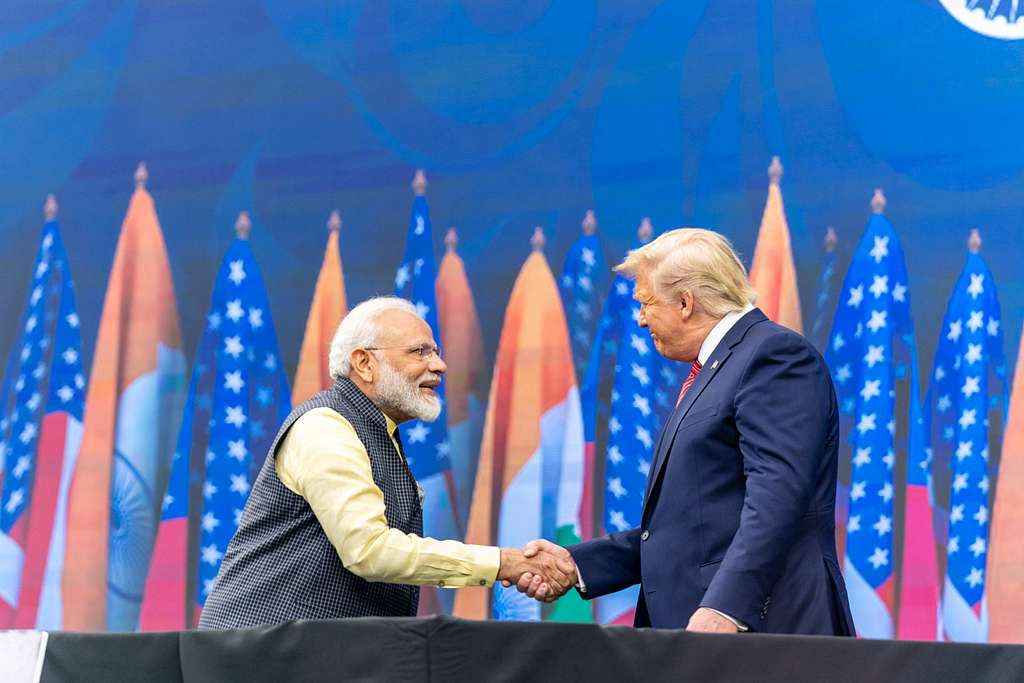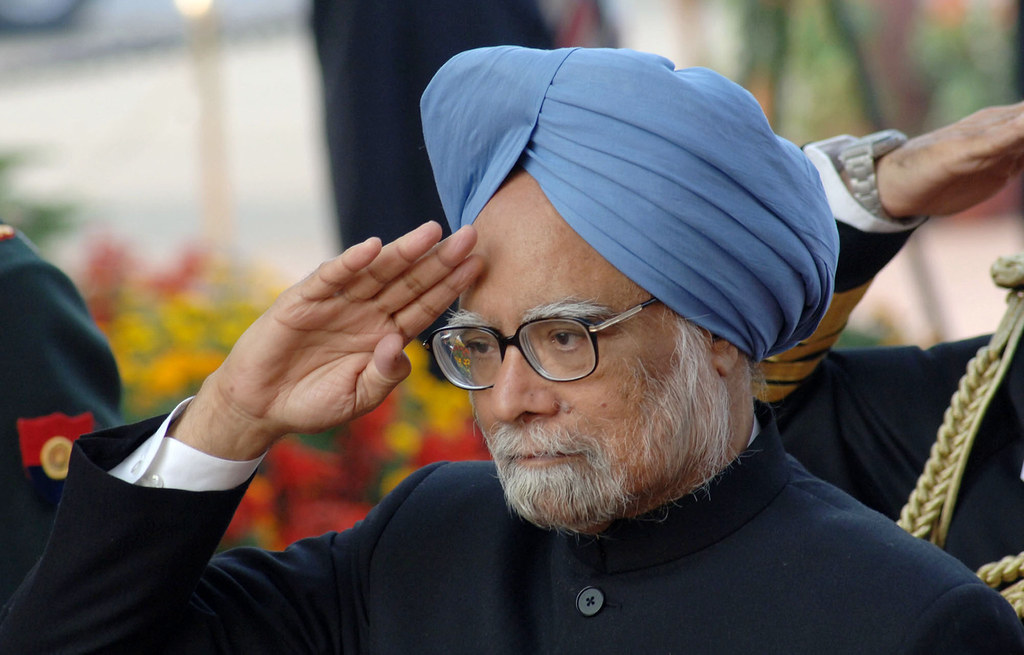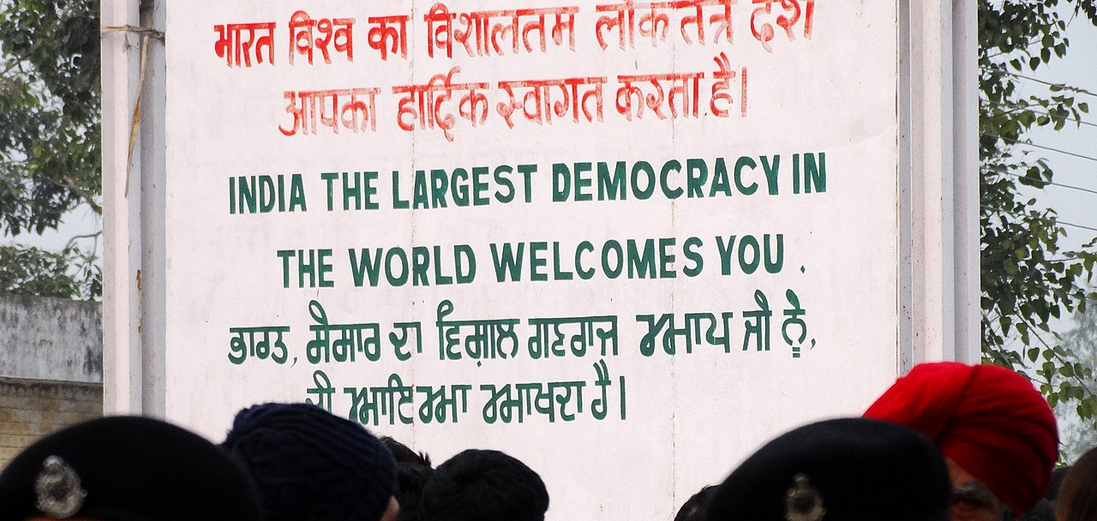In the early 1990s, when TN Seshan as Chief Election Commissioner was the flavour of the season, a packed Rotary club meeting in Mumbai asked him to stand for elections. Seshan, always ready to throw a counter-punch, asked: “I will stand, but how many of you will support me?”. Every hand was raised in a show of solidarity. On retiring as CEC, Seshan contested a presidential election as a Shiv Sena-supported candidate in 1997 and lost miserably. In 1999, he was a Congress-backed candidate against LK Advani from Gandhinagar and again suffered a heavy defeat. The yawning gap between the air-conditioned comfort of Rotary meetings and the heat and dust of real India was starkly exposed.
TN Seshan wasn’t the first middle class ‘crusader’ to make an unsuccessful bid to enter politics; he won’t be the last. The latest to throw his hat (or should we say Gandhi topi) in the ring is jan lokpal torchbearer Arvind Kejriwal. Both Seshan and Kejriwal were civil servants before they captured the public imagination through their anti-corruption campaigns. Seshan became a symbol of a growing anger against money and muscle power in elections; Kejriwal tapped into a similar outrage against vaulting corruption by those in high office. Will Kejriwal succeed where many others before him have failed?
If success and failure is judged through electoral performance then few will hold out any hope for the former IRS officer and his motley crew. The party system has proved resilient, ceding very little space to new entrants. The disproportionate influence of money power in elections is an enduring phenomenon. If anything, the scale has only gone up and the amounts will only go up as the stakes get higher.
Moreover, the patron-client cliques that influence voters will not disappear overnight. Caste, community and local networks are crucial determinants in election verdicts. And this is not just limited to rural India. As Prime Minister Manmohan Singh found out in the one Lok Sabha election he contested in 1999, personal integrity isn’t necessarily a winning ticket. Middle class heroes may be cheered in television studios, but the applause doesn’t always translate into votes at the ballot box. And as Mayawati has shown time and again, you don’t even need the media if you have the BSP machine on your side.
Team Anna, by contrast, was built by the electronic media. To a large extent, the star attraction was the persona of Anna Hazare, a fakir-like figure who became a magnet for those searching for a new ‘clean’ icon to contrast with the sins of the traditional politicians. But Anna was at heart a folk activist who relished the cameras but was never really at ease with the cut-and-thrust of national politics. Kejriwal, by contrast, is a man in a hurry, impatient for change and ambitious enough to see himself as an agent of change.
So long as the change was typified by a single point agenda of bringing in a tough anti-corruption law, the TV-watching middle classes cheered. But Team Arvind has a more grandiose goal, typified in its vision document titled ‘Quest for Swaraj: from subjecthood to citizenry’. The document itself is unexceptionable. It speaks of transforming politics, of moving from popular protest to people’s power, of changing governance methods, ending the VIP culture and empowering local communities. Who would not want a political party that shuns the lal-batti culture that typifies the trappings of power, or insists on a transparent method of campaign funding? Reading the document is like being transported into an idyllic world of virtuous politics that has no place for the villains of our times.
But political parties cannot be built on unbridled rage or a ‘sab neta chor hain’ populist rhetoric. Anti-establishment heroes work in a film because the audience sees it as a three-hour escapist adventure that requires little self-sacrifice. In real life, the Team Arvind vision sees politics as a ‘yugdharma’ or moral crusade. But is the middle class willing to join in a crusade that goes beyond candlelight marches and made for TV fasts? Will their consumerist lifestyle allow them to identify with a political party that questions economic liberalisation and seeks reservations for deprived sections? By seeking a wider political role, Team Arvind runs the risk of alienating the core constituency that created the original movement.
Moreover, the central question remains: how do you transform politics without sending your representatives to elected bodies? Frankly, Team Arvind offers no solutions to the dilemma that has gripped many well-meaning Indians over the years. The system will not change with a nudge from outside, it needs a shake-up from top to bottom. And that will not happen if power changes hands from a Congress to a BJP, or a Left to a Mamata or a Mayawati to a Mulayam. Those are internal palace coups, not the revolutions that Team Arvind is looking for.
Maybe instead of an overarching goal to capture power nationally, Team Arvind should start with next year’s Delhi elections. They may struggle to win seats, but by taking up Delhi-centric issues, be it high power tariffs, women’s safety or real-estate corruption, they can at least hope to influence the urban political agenda. They may attract fewer eyeballs as a result, but might, ironically, get more votes.
Post-script: Team Arvind launched itself on October 2 in the backdrop of Gandhi Jayanti. While political symbolism is important in the age of the visual image, does it really need the ritualistic wearing of the Gandhi topi? If Team Arvind really wants to break with politics as usual, they need to discover life beyond the symbols and soundbites.
The views expressed by the author are personal






































































































































































